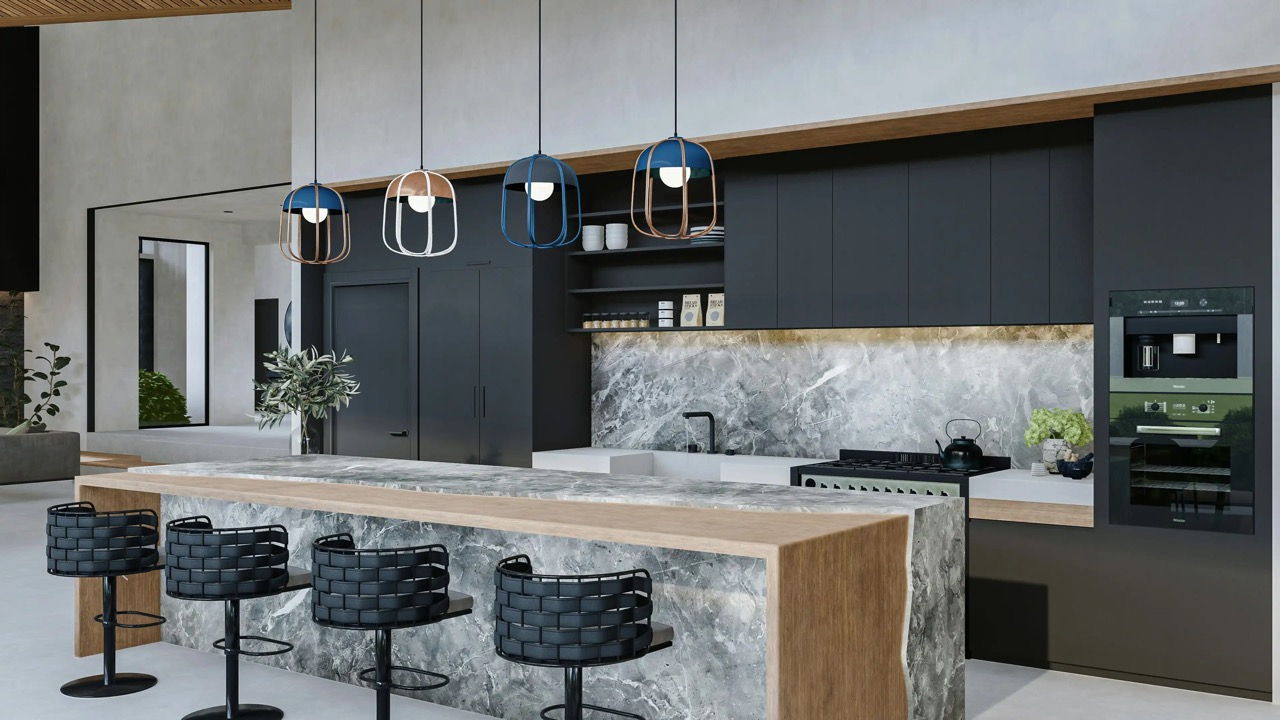Understanding the mechanisms that govern our relationships is one of the most important steps on the road to inner harmony. People with a predominantly anxious attachment style often face insecurity, hypersensitivity to rejection and a strong desire for closeness, which paradoxically makes it difficult for them to build healthy bonds. Overcoming an anxious attachment style requires not only courage, but above all, a deep understanding of oneself, one’s reactions and emotions – and a willingness to change. An approach full of empathy for oneself and patience with one’s own processes becomes crucial. By consciously uncovering one’s patterns, it is possible to identify the sources of anxiety and then work through them, which opens the way to a more satisfying and secure emotional life. It’s worth remembering that both the anxious attachment style and the avoidant attachment style have a huge impact on how we form and maintain relationships – both with others and with ourselves. Awareness of one’s own patterns is the first step to building healthy, authentic bonds based on mutual trust and understanding.
Table of Contents:
- Healthy attachment in a relationship
- Anxious attachment style and avoidant attachment style – what are they?
- How to overcome anxious attachment style? 6 ways to overcome an anxious style in a relationship
Healthy attachment in a relationship
A healthy attachment in a relationship is a state in which both partners feel safe, respected and supported in their relationship. Such a bond is based on mutual trust, open communication and emotional availability. In a healthy relationship, both parties can freely express their feelings, needs and concerns without fear of rejection or criticism. The ability to listen empathetically and understand the other person’s perspective is also an important aspect.
Editorial recommends: Flirting and the first date: how to flirt to build tension and desire?
In the context of a healthy attachment, partners are able to maintain their individuality while being close and supportive of each other. This means they have their own interests, passions and goals, but also enjoy spending time together and making plans together. In a healthy relationship, there is a balance between independence and closeness, which allows both the individual and the relationship to grow.
Another important element of a healthy attachment, is the ability to deal with conflicts in a constructive manner. Partners are able to resolve disputes through open and honest communication, without resorting to aggression, manipulation or quiet days. Conflicts are seen as opportunities for mutual understanding and growth, rather than as a threat to the relationship.

Trust is the foundation of a healthy attachment. Partners believe in each other, knowing that they can rely on each other in difficult times. Such faith builds a sense of emotional security that allows them to fully open up and build a deep, authentic bond. In healthy relationships, intimacy is not only physical, but also emotional. Partners share their deepest thoughts, dreams and fears, knowing that they will be received with acceptance and support. Such intimacy strengthens the bond and deepens feelings of closeness.
Anxious attachment style and avoidant attachment style – what are they?
An anxious attachment style is a type of emotional bonding that is characterized by deep feelings of insecurity and anxiety in interpersonal relationships, especially in close relationships. People with an anxious attachment style often feel a strong desire for closeness and acceptance, but at the same time fear rejection and lack of reciprocity. This attachment style usually has its roots in childhood, in relationships with caregivers who were inconsistent in their emotional availability. The child may have experienced variable support, leading to the development of uncertainty about the caregiver’s availability and response.
In adulthood, people with an anxious attachment style often display a strong need for confirmation of their worth by others. They may be overly emotionally dependent on their partners, constantly looking for evidence of their love and commitment. They often interpret neutral or slightly negative signals as signs of rejection or lack of interest, which can lead to excessive worry, jealousy and attempts to control their partner.
An anxious attachment style also affects the way a person communicates in a relationship. These individuals may find it difficult to express their needs directly, fearing that they will be rejected. Instead, they may use manipulative behaviors such as silent days, passive-aggressive remarks or emotional outbursts to get attention and reassurance from their partner. This uncertainty often leads to cycles of conflict and reconciliation that can be very exhausting for both parties.

People with an anxious attachment style also tend to idealize their partners, but at the same time live in constant fear of losing them. They may display extreme emotional reactions to any sign of their partner’s distancing, which often leads to tensions and destabilization of the relationship. They often have difficulty trusting their partner, and their fears can result in excessive control and the need to constantly monitor their partner.
Psychologically, the anxious attachment style is deeply rooted in low self-esteem and lack of self-confidence. These individuals often don’t feel good enough or worthy of love, causing them to constantly seek external affirmations of their worth.
How to overcome anxious attachment style? 6 ways to overcome an anxious style in a relationship
Overcoming an anxious attachment style is a process that takes time, self-discipline and often outside support. Here are six ways that can help with this transformation:
- Individual therapy: Enlisting the help of a therapist can be crucial in understanding the sources of an anxious attachment style and working to overcome it. Therapy allows you to work through past experiences that have influenced the development of this attachment style and learn healthier relational patterns.
- Practicing self-awareness: Developing the ability to recognize your own emotions and thoughts is key. Regularly reflecting on your reactions and feelings in relationships will help you understand what triggers anxiety and what its sources are. Keeping a journal of your emotions can be helpful in monitoring your progress and identifying patterns.
- Developing healthy boundaries: Learning to establish and maintain healthy boundaries in relationships is extremely important. This helps build a sense of security and autonomy, which in turn reduces anxiety and the need for your partner to constantly affirm your worth.
- Assertive Communication: Practicing open and assertive communication in a relationship helps you express your needs and concerns in a way that is neither aggressive nor passive. This allows partners to better understand each other’s needs and find ways to deal with difficulties together.
- Work on self-esteem: An anxious attachment style is often associated with low self-esteem. By working on boosting self-esteem, you can reduce your reliance on external affirmations and reduce the anxiety associated with rejection. Techniques such as affirmations, meditation and developing your passions can be very helpful.
- Maintaining healthy relationships: Surrounding ourselves with people who support and accept us as we are helps build positive relational patterns. Healthy relationships provide examples of constructive interaction and can serve as support during difficult times, reducing feelings of loneliness and anxiety.
Overcoming an anxious attachment style is a process that requires consistency and commitment. It is important to be patient with yourself and remember that change does not happen overnight. But over time, with self-work and support, you can achieve healthier, more satisfying relationships.
The editors recommend: Lack of affection in a relationship? 9 signs that you are forcing yourself to love





